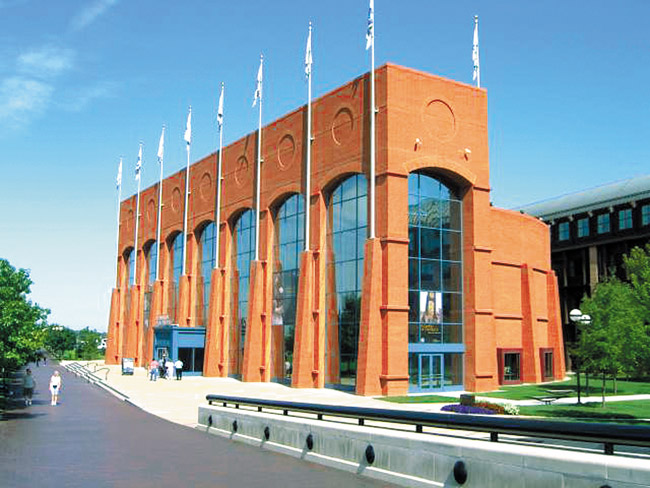Big Changes Looming For NCAA
I’m sitting in a week’s worth of meetings in Indianapolis as part of my role with the NCAA Division II Management Council and the DII Conference Commissioners Association. The discussions range from championships and governance to legislation and membership, plus many other issues too numerous to mention.
It’s a sometimes frustrating, sometimes liberating process. Thankfully, DII has put in place a number of initiatives that have both stabilized and energized our division. That hardly can be said of our counterparts at the DI level.
Stopping by one of our meetings was NCAA president Mark Emmert, who recently has found himself leading the association through the trials and tribulations presented by violations of some schools in Division I.
“I think when I met with you last year it was on the day of the Penn State announcement. This time, it’s on the day of the University of Miami announcement,” he tells us. “My hope is that when I meet with you next time, we will be free of any of these kinds of announcements.”
Without a doubt, it’s been a turbulent time in Division I. Not only have there been much-publicized scandals in State College, Miami and elsewhere, but there also has been massive DI conference re-alignment because of motivations brought on by football television revenue and access to football national championships.
In the midst of all this news, Emmert also has been confronted with a governance review brought on by the much-publicized differences between schools from the major conferences and the schools from the so-called smaller conferences.
“I’ve said on numerous occasions that the only thing that everyone agrees on with Division I governance is that it doesn’t work,” he said at a recent press conference.
Bottom line: Change is coming.
What that change will look like is anyone’s guess. A number of ideas have been talked about, including some extreme suggestions that Emmert does not believe will move forward – a so-called Division IV or the major football schools pulling out from the NCAA in that sport.
The NCAA president called for a “first-time Division I Governance Dialogue” to take place at January’s NCAA Convention in San Diego. He said the critical meeting would cover virtually every aspect of how Division I operates.
“There’s a need to recognize there are Division I schools with $5 million athletic budgets and some with $155 million athletic budgets. We’re trying to find a model that fits all of them, and that’s an enormous challenge right now,” he says.
The outcome of those discussions could have a big impact on schools like the University of Hawaii, a so-called mid-major that is on the outside looking in when it comes to the major football conferences. UH often finds itself struggling to play catchup with the budget expansion going on at the schools with which it regularly competes.
Ultimately, this is a DI power struggle that will demand that parties with disparate interests come together and agree on a model that will serve everyone’s best interests. Emmert is hopeful that there will be consensus. Whether that is a realistic outcome, only time will tell.
It’s also why I’m glad I chose Division II.






